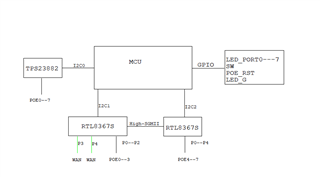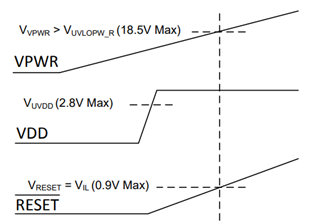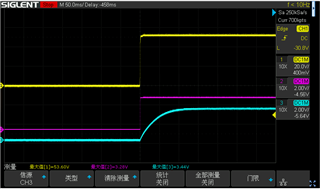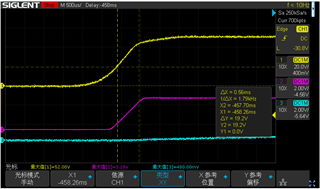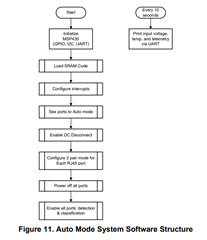Tool/software:
"Application: PoE power supply using the TPS23882.
Problem: A number of TPS23882-based PCBAs fail to provide power to the connected PoE device upon initial power-up. A power cycle of the PCBA is required to establish normal operation.
Reproduction Steps: After powering down a failing PCBA, waiting for the 48V power supply to completely discharge, and then re-applying power will reliably reproduce the fault.
Analysis: Swapping the TPS23882 ICs between working and failing boards causes the fault to migrate with the IC. Root cause of the failure is unknown and the possibility of an IC defect cannot be ruled out."


